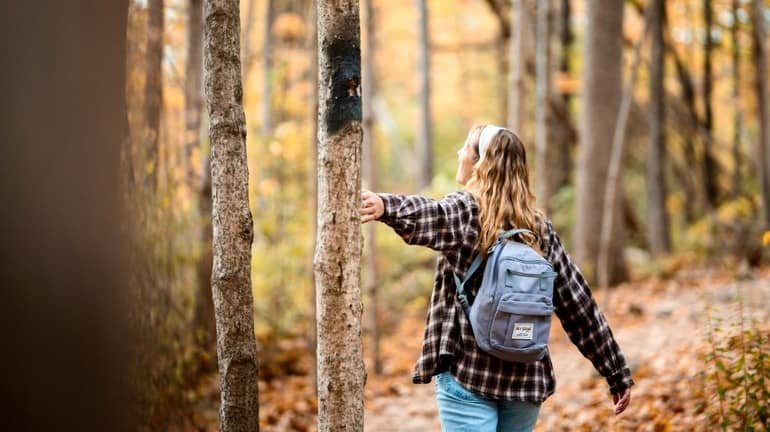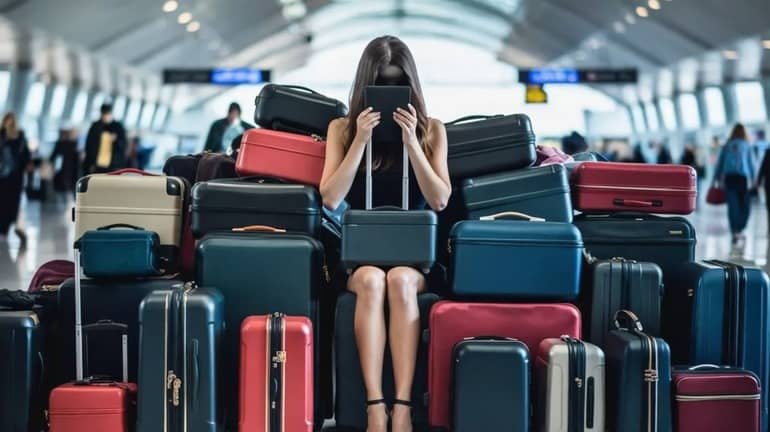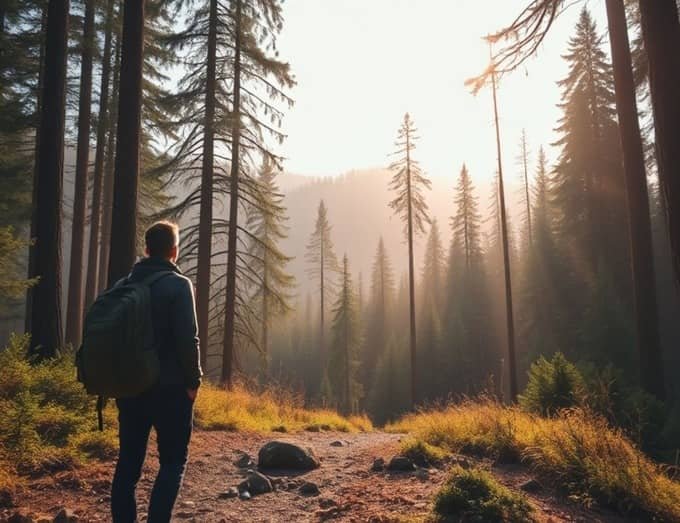It can feel strange coming home from an adventure. You return to your old life and routine, but somehow everything feels different. The excitement and new surprises every day, with an air of constant discovery all left behind in your last journey. This feeling is what many call travel withdrawal. It’s a sense of longing for the road, the culture, and the people you had during your trip. Travel withdrawal can hit anyone at any time, whether you’re a seasoned backpacker who has travelled around the world or someone having their first trip abroad.
But here’s the good news: travel withdrawal isn’t permanent, and you can navigate it without immediately booking your next trip. With some strategies and a fresh perspective, you can bring the joy of travelling back into your daily routine.
Understanding Travel Withdrawal
Travel withdrawal is way more than simply missing a destination. It involves a mix of emotions, including nostalgia, restlessness, and sometimes even sadness. After the excitement of travel, home can seem mundane and a bit empty. The following are a few reasons why travel withdrawal happens:
Lack of novelty: When travelling, every day feels new. You’re always learning, seeing, tasting new things, meeting new people. A typical day at home doesn’t come close to that experience.
Sense of freedom: On the road while travelling alone, you feel free. You can go wherever you want, do whatever you want, and make decisions on the fly. Home routines can feel a little confining in comparison.
Journey of self-discovery: Travelling usually promotes personal growth. You tend to push yourself out of your comfort zone, learn other cultures, and develop resilience. When you get back home, you realize you have changed, but everything else stays the same.
I remember returning from my solo backpacking trip in Southeast Asia feeling restless and out of place. It took me a while to realize I had travel withdrawal. After returning from my adventures, I initially thought I was just adjusting to my routine. But as days passed, I felt restless, longing for the excitement of exploring new places. The impact of discovering cultures and meeting people was profound. Only after reflecting did I realize my strong desire for my next adventure.

Identifying Travel Withdrawal Symptoms
Travel withdrawal can manifest in subtle ways and affects everyone differently. Some of the signs that you are experiencing it include:
Constantly reminiscing about your trip: If you find yourself constantly scrolling through photos or bringing up stories from your travels, you may be feeling that longing for your recent adventure.
Feeling restless or lacking motivation: Returning home can make you feel a bit lost. After spending so much energy exploring and enjoying new destinations, the routine of daily life can sometimes feel pointless.
Loss of the daily routine. Routine tasks that once felt easy may now seem dull and uninspiring, making it difficult to get back into the rhythm of everyday life.
Desire for new experiences: Travel withdrawal often involves a strong, irresistible urge to hit the road again, even after just a few days back home.
After the same long trip in Southeast Asia, I found myself constantly looking at videos and photos and wishing I was still there. Even simple tasks at home felt dull, and I found myself daydreaming about other places. It wasn’t until I had a lot of time to think that I realized I was experiencing travel withdrawal.
Ways to Cope With Travel Withdrawal
The good news is you do not necessarily have to pack up and leave again in order to beat travel withdrawal. There are ways to channel that energy and bring a bit of adventure into your daily life.
Bring a Piece of Travel into Your Home
One way to make travel withdrawal easier is to bring pieces of your trip into your home. This keeps you surrounded by reminders of your travel experiences.
Create a travel-themed photo wall: Print out your favourite photos and create a wall that reminds you of the places you’ve been. Seeing those images daily can bring a bit of that travel joy into your routine.
Decorate with souvenirs: If you brought back souvenirs, display them proudly. After all, every piece had a story behind it; their presence can remind you of people and places that crossed your life.
Cook food from your favourite destinations: Food has the power to evoke memories. Look for recipes of the dishes you enjoyed while travelling and trying to eat healthy, then prepare them at home. A recipe for moussaka from Greece or pasta from Italy can transport you back through its smells and tastes.
After a solo trip in Balearic Islands, Spain, I was really missing the food there. So, I started cooking some of my favourite Spanish dishes at home. Each time I prepared a dish like paella or churros, it felt like a small way to reconnect with my trip and relive those moments.
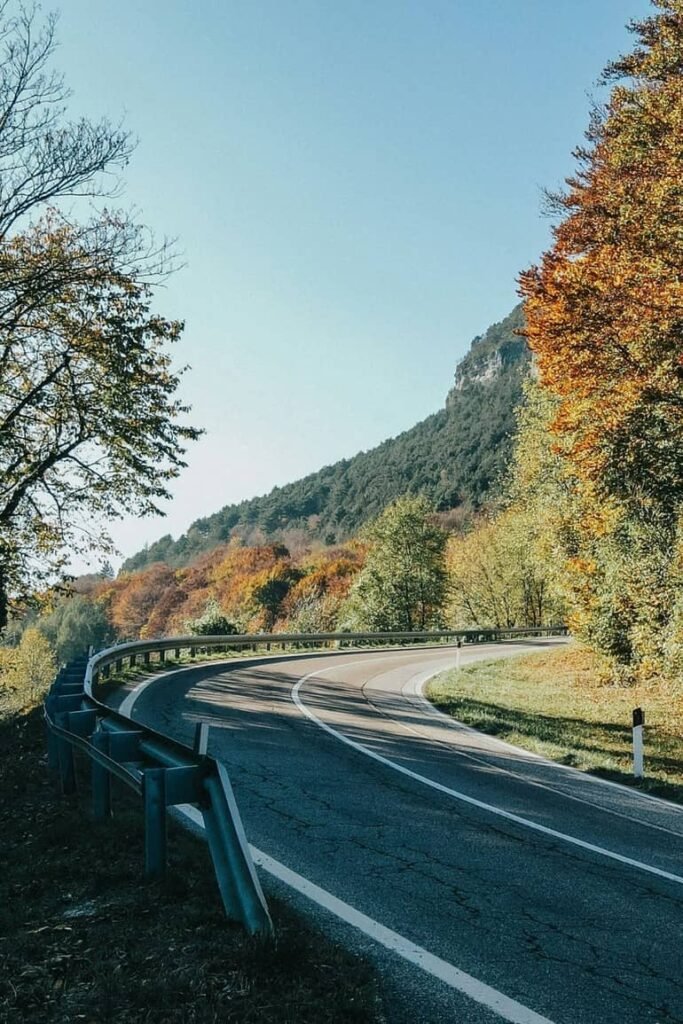
Find New Ways to Keep the Adventure Alive
Being at home doesn’t mean the adventure has to stop. You can still keep that sense of discovery and excitement alive in your daily life, even without travelling far.
Explore your local area: Explore your town or city as if you’re a tourist. Visit places you haven’t seen yet, try new restaurants, or check out local attractions. Sometimes, the excitement of discovery is closer than you think.
Join travel enthusiast groups: Like-minded travellers can keep the spirit of travel alive. Get in touch with a local travel club or find online communities where you can share your stories, photos, and tips.
Learn a new language: If a particular place made a big impact on you, consider learning the language. Not only does it keep you connected to that culture, but it’s also a fun way to challenge yourself and stay engaged.
I thought I knew my hometown well, but after a friend suggested exploring it from a tourist’s perspective, I discovered new parks, forests, hidden cafés, and local events. This sense of exploration brought a fresh perspective to my daily life.
Capture the Spirit of Travel Through Learning
One of the most thrilling aspects of travel is immersing yourself in diverse cultures, languages, and viewpoints. Keeping this learning alive can help fill the void and maintain that travel excitement.
Take a class on world cultures: Many cities offer guides or courses on art, history, and culture. These classes give you the opportunity to explore topics you might have encountered during your travels in greater depth.
Read books about other countries: Books, memoirs, and travel stories can transport you to other destinations and teach you about a new place.
Watch documentaries and travel shows: Travel shows and documentaries can be a great way to experience new places from the comfort of home. It’s not quite the same as being there, but it can be a fun way to learn and get inspired for future trips.
I remember that after visiting Turkey, I watched a travel documentary about Istanbul. It brought all the memories back to life. Seeing some familiar streets and foods made me feel like I was reliving the entire solo travel experience all over again.
Connect With Other Travellers
Talking with friends or other travellers is a great way to ease travel withdrawal. Sharing stories, experiences, and future plans helps remind you of the enjoyment of travelling without having to be on the road.
Attend local travel meetups: Most cities have groups where you can meet the right people interested in travel. These meetups are some of the best ways for storytelling, sharing tips, and making one feel part of the travel community.
Join online travel forums: Online communities and forums, such as Travellerspoint or Lonely Planet Travellers on Facebook, allow you to meet people from all over the world. You can share experiences, get inspired, and even plan a future solo trip with like-minded individuals.
Share your experiences: As I have done, one way to share your love for travel is by starting a travel blog, YouTube channel, or your preferred social media platform. Photos and stories help process your experiences and keep the travel spirit alive.
I joined the travel groups mentioned above after one of my trips, and soon enough, it became a monthly ritual to meet people and hear their travel stories. While staying home, the shared experiences helped me feel connected to the world around me.

Plan Your Next Adventure
Planning for the future is a great way to keep your excitement for travel alive. Having a trip to look forward to, even if it’s months or years away, can help ease feelings of withdrawal.
Research future destinations: Spend time looking into new places to visit. Researching destinations, planning itineraries, and reading travel guides can make you feel like you’re already on the way.
Start a travel savings fund: If money is an issue, consider starting a savings plan for your trip. Setting aside a percentage of your income each week into a dedicated account can be exciting and serve as a great incentive to reach your goal.
Create a travel vision board: Visualising your next trip can be a powerful motivator. Use photos, quotes, and other inspiration to create a board that keeps you focused on your travel dreams.
After returning from a trip to Europe, I started searching and researching destinations in Southeast Asia. Just knowing that another adventure was waiting for me kept me excited and motivated even as I went back into my routine.

Appreciating the Comforts of Home
Sometimes, the best way to ease travel withdrawal is to embrace the joys of home. Travel broadens our perspectives, but there’s also beauty in the familiar. Here are ways to reconnect with your surroundings and find peace in your daily routine.
Reconnect with family and friends: Use this time to catch up with loved ones. Share stories, show them your videos or photos, and relive some of the highlights. The comfort of home and the support of loved ones can help ease any feelings of restlessness.
Redecorate your living space: Rearranging or redecorating your home can create a fresh environment. Display your favourite souvenirs or incorporate decor from places you’ve visited. It’s a simple way to keep your love for travel alive.
Rediscover local activities: There probably exists an entire world of local activities that you haven’t explored, from cooking classes and hiking trails to volunteer opportunities. Engaging in such activities can bring back the fun in discovery and connection.
After a long trip, I reorganized my room and decorated it with souvenirs and photos from different countries. It served as a reminder of the places I’d visited and the experiences I’d had. This made my home feel like a welcoming space that celebrated my love of travel.
Valuing Rest and Routine
Travel can be exciting, but it is also draining. Sometimes, travel withdrawal occurs because we are seeking that excitement, but it is also okay to embrace rest. Here’s how to make the most of this time at home.
Enjoy the comfort of routine: Travel often disrupts our routines, which can be tiring. Embracing your daily habits at home can bring a sense of calm and stability.
Reflect on past travel experiences: Take time to reflect on what you learned from your travels. Journaling, creating photo albums or sharing your stories helps process and treasure each adventure.
Catch up on rest: Travelling often means long days and busy schedules. Use this time at home to catch up on sleep, relax, and recharge. You’ll be ready for your next adventure feeling refreshed and re-energised.
After a month-long backpacking trip in the Canary Islands, Spain, I needed some time to rest and reset. I embraced my routines, reconnected with friends, and reflected on my experiences. That break gave me the energy and excitement to start planning my next trip.
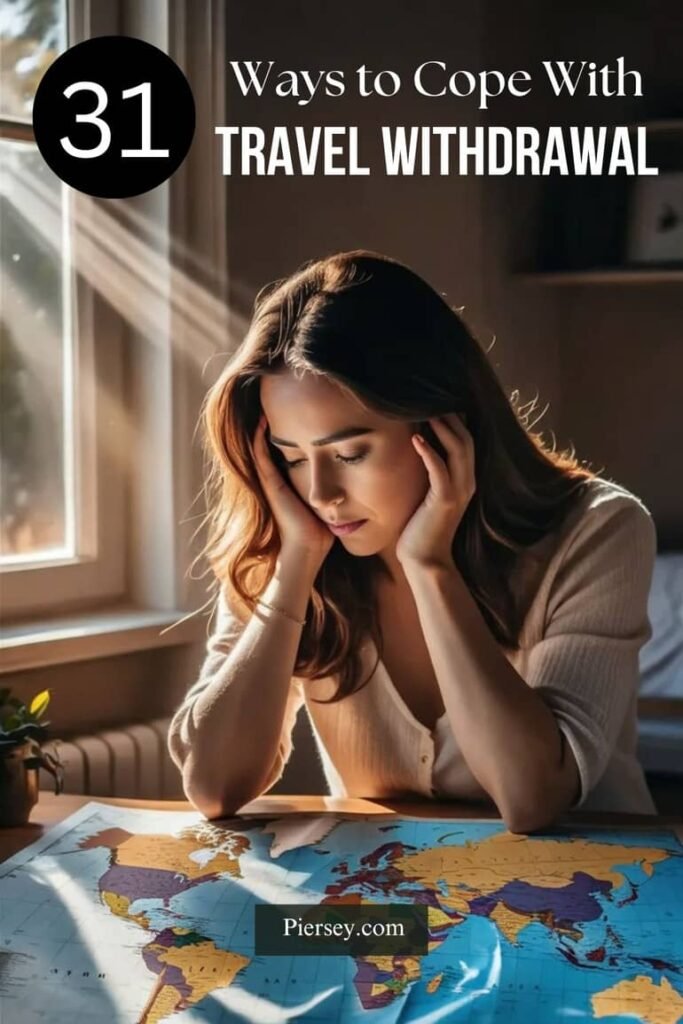
Finding the Perfect Balance
Travel withdrawal doesn’t mean you have to choose between being on the road and staying home. It’s possible to integrate travel into your life meaningfully, balancing your travel addiction without letting it dominate everything.
Set travel goals: Think for a moment about how it fits into your life to set travel goals. This has the effect of balancing your responsibility and routine with your longing for exploration.
Plan meaningful trips: Rather than travelling constantly, focus on quality experiences. Each journey can have the potential for growth and can be a good time to pause for reflection and appreciation without experiencing the compulsion to change locations constantly.
Appreciate both home and travel: Travel helps you see the world and yourself from new angles, while home provides stability. By valuing both, you create a lifestyle that celebrates travel while appreciating the comforts of home.
It was after many years of travelling regularly that I realized some of the best trips were those I had with purpose and intention. Accepting home life as much as travel helped me find some balance and fulfilment in both.
Conclusion: Travel Withdrawal as Part of the Journey
Travel withdrawal is a normal part of returning from a meaningful adventure. While it can feel unsettling, it’s also a reminder of how much travel has enriched your life. By bringing elements of travel into your daily routine, exploring your local area, and finding joy in home life, you can keep that sense of adventure alive.
Travel withdrawal is a phase that allows you to reflect on past experiences, anticipate future journeys, and build a life where both travel and home hold meaningful places. Enjoy the excitement, the longing, and the rest, and let each trip, and each return, become part of your story.


